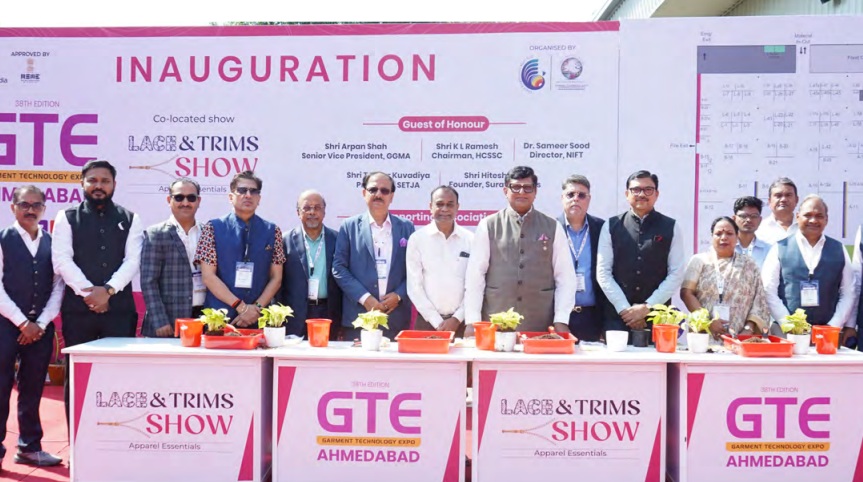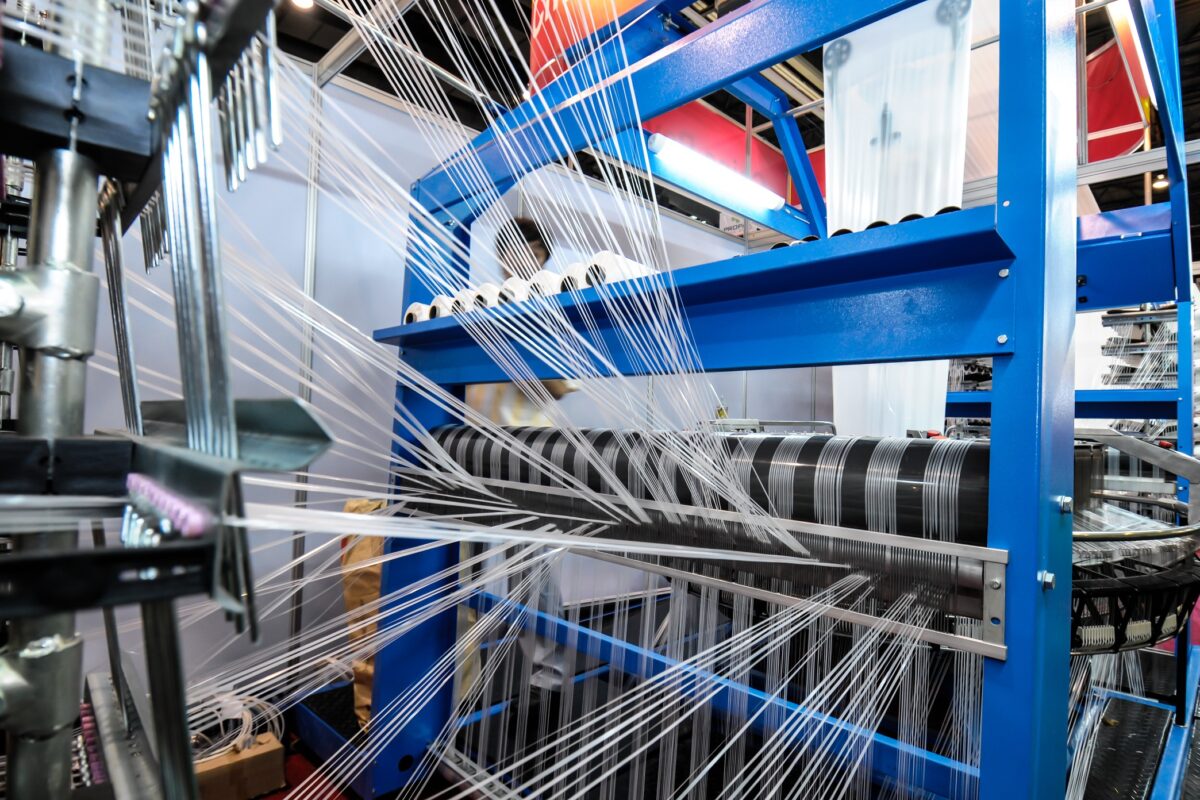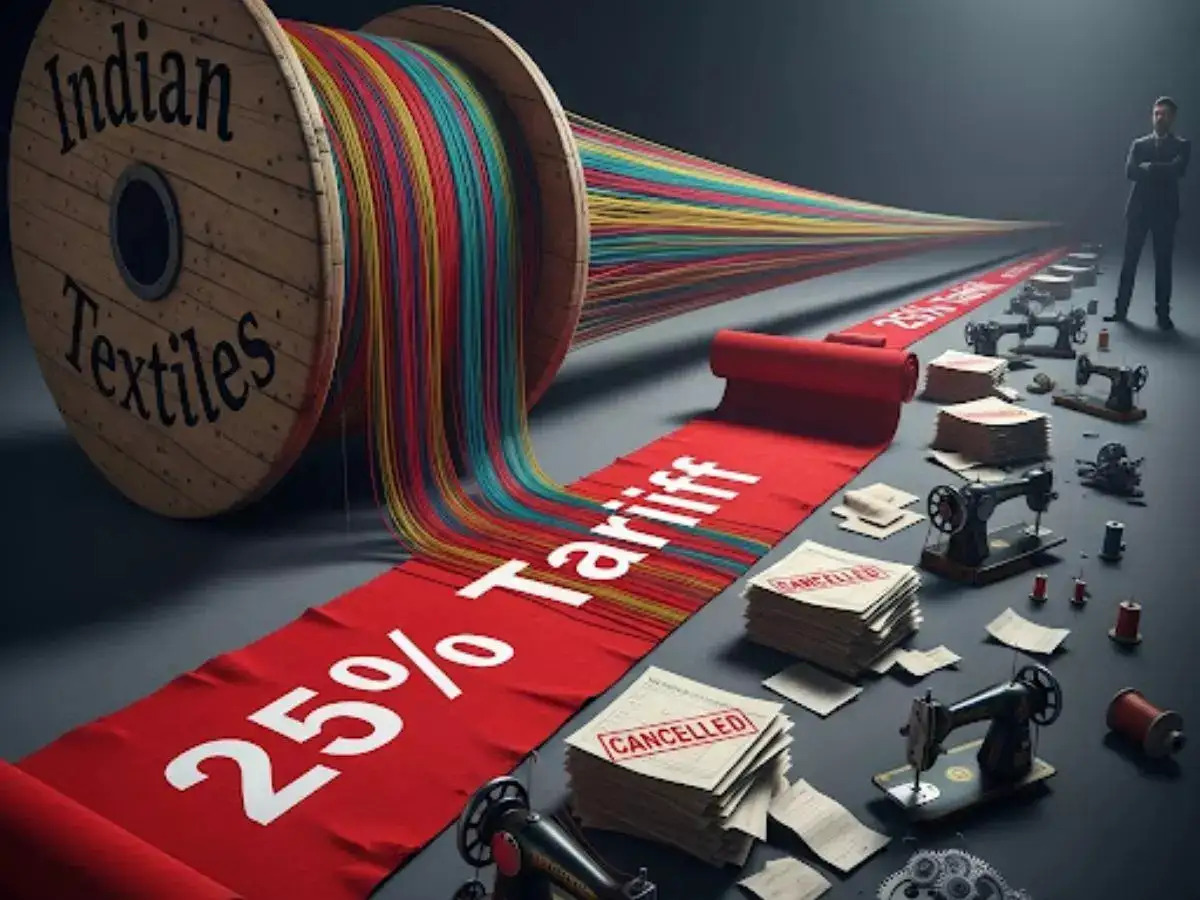The air in the Shanghai New International Expo Centre on September 4, 2025, hummed with a specific kind of industrial anxiety. It wasn't the noise of competition; it was the silent pressure of global compliance.
Lina Chen, founder of Lotus Technical Fabrics, felt that pressure acutely. On her tablet was an open email chain detailing the demands of a massive European public tender—a railway commission needing sustainable, high-durability seating fabric. The tender documents alone stretched to nearly forty pages. Lina’s cutting-edge bamboo composite fabric was technically superior, but the mountain of bureaucratic proof required was suffocating her small team.

She found a seat in the crowded seminar hall just as Karl Borgschulze, MD of Consulting Service Intl Ltd, took the stage to lead the Eonology Tour session.
“This is a really important part of the business here today,” Karl began, his voice calm yet firm. “Legislation around the globe is becoming more and more important.”
Lina didn’t need convincing. Her desk back in Suzhou was buried under sustainability certificates. She watched as Karl introduced the unified platform: the Texpertise Economy Network, now rebranded under the single concept of Eonology—a direct portmanteau of ‘ecology’ and ‘economy.’
Karl pivoted to history, offering a crucial perspective that resonated deeply with Lina’s entrepreneurial spirit. “Messe Frankfurt very early already recognized that sustainability is and will be a more and more important part of the global textile business,” he explained. He noted that the initiative began almost fifteen years ago, long before it became a mandate. He then delivered his central argument, a quote Lina typed onto her notes, “Textile is always ahead of other industries, let’s not forget that. We were the first ones for industrialization, we were the first ones for globalization, and we are the first ones who put the full pressure on environmental and social requirements, which is a big advantage that we are ahead of many other industries.” Lina realized the pressure wasn't a punishment; it was the cost of being a pioneer.
Karl continued, tackling the challenge of complexity head-on. He cited the bureaucratic burden currently paralyzing innovators like her. “If you go for public tenders in Europe,” he said, “sustainability requirements are a fundamental part of the tender, and you have to fill out papers, 30 pages, 40 pages.” He paused for emphasis. “If you ever have applied for something, for example for Deutsche Bahn in Germany, then you know what it means to deal with German bureaucracy.”
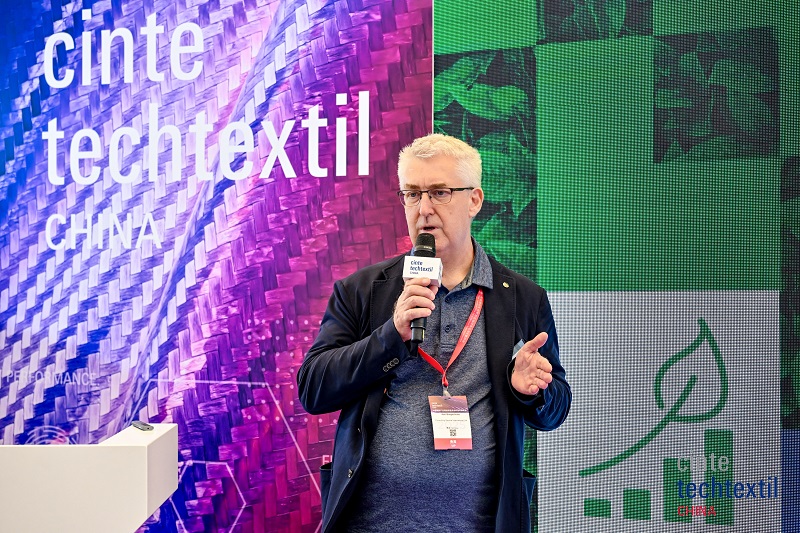
His words perfectly articulated Lina’s pain, but the key to Eonology, Karl stressed, was not avoiding the rules, but providing a framework rooted in the United Nations Sustainable Development Goals (SDGs), aligning global standards with OECD and ILO guidelines.
Then came the critical case study. Karl discussed the delicate balancing act at the heart of the Eonology principle, stating, “It’s keeping in balance ecology, social aspects, and economy.”
He elaborated on how performance sometimes necessitates trade-offs: "For example, on textile, very often performance is the most important thing, so certain other environmental aspects might be minor, because it’s more important to protect the life of a fireman or firefighter, and therefore we might have to use certain substances we wouldn’t not use in apparel for a private person.”
The firefighter analogy was a thunderbolt for Lina. Her bamboo composite met 95% of the sustainability demands, but the necessary fire-retardant finish pushed her score slightly lower on certain chemical metrics. She had been apologizing for this small deficit. Now, she realized she had to reframe it. Her fabric was for public transport—a safety application, protecting thousands of passengers daily. Performance was the most important social factor.
Lina immediately scanned the QR code for the Texpertise Network displayed on the screen. The Eonology system wasn't just a label; it was a guidance system designed to align her product's performance priority with globally recognized frameworks.
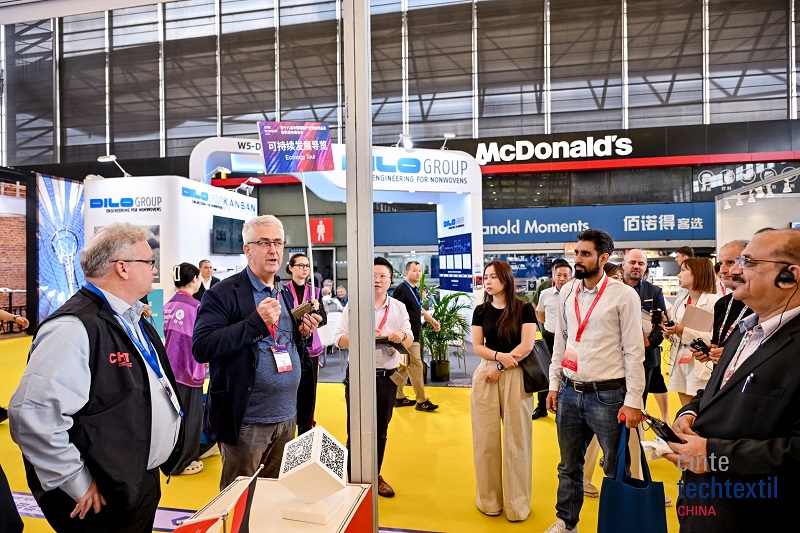
Karl Borgschulze concluded with an encouraging note: “The great thing is, if you have a problem, come here, and I'm pretty sure you will find an idea and someone who is able to support you in exactly what you are looking for. Because the industry is really innovative.”
Lina left the hall, the oppressive weight of the 40-page tender replaced by clear purpose. She wasn't just selling sustainable fabric; she was selling compliance, guided by the Eonology framework. She knew exactly which two Eonology-certified chemical suppliers to visit next, not to find greener alternatives, but to find partners who could document the necessity of her chosen, life-protecting treatment within the accepted, performance-driven Ecology-Social-Economy balance. The battle against bureaucracy wasn't won with just a better product, but with a better system.



